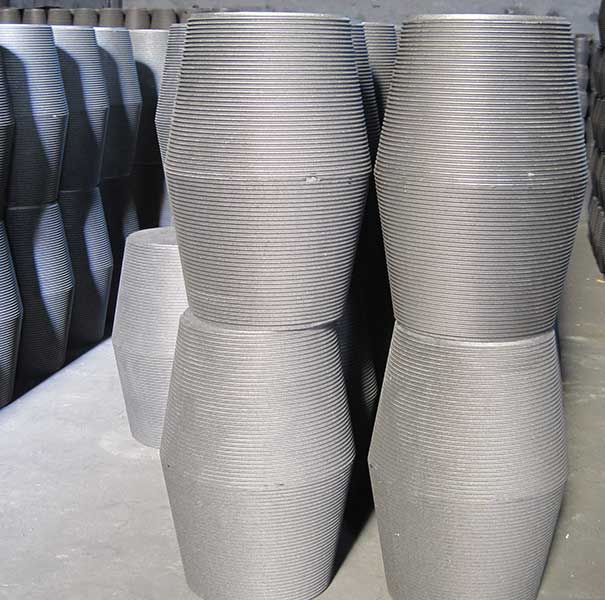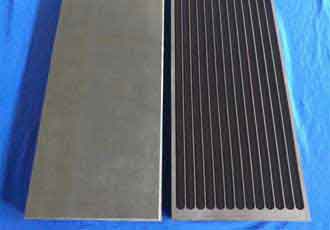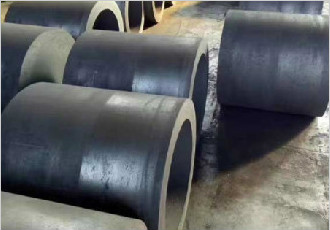The only official English website: www.hq-carbon.com,Our company has not authorized other companies or individuals to act on our behalf.
Please take precautions to avoid being deceived.
In order to further clarify the mechanism of roasting, roasting is now divided into the following stages, and distinct phenomena occur at each stage. Graphite anode supplier shares with you.
1) Preheating stage: The temperature is raised from ambient temperature (25 ° C) to 350 ° C. The physical change of the binder itself, namely: melting, migration, infiltration, evaporation of the light components of the asphalt, its external appearance is that the glassy state becomes a liquid, which causes the green body to expand. When the temperature rises above 200 ℃, the viscosity of the binder asphalt will drop to a certain minimum point. At this time, the bonding force built by the viscosity cannot support the internal pressure of the binder, causing a small number of light components to escape and form Networked openings.
2)The stage of volatilization: 350 ~ 450 ℃. The binder itself changes chemically, decomposes and polymerizes, and the light components in the asphalt slowly escape and form bubbles. After that, a large number of volatile gases are gathered around the previously formed bubble core and form microbubbles around it If the heating rate is too fast, the formed micro-bubble groups gradually grow under the combined effect of the internal and external pressure of the bubbles and the surface tension, and become large bubbles.

If the temperature at which the bubble nuclei are formed is high, the solubility of the gas in the asphalt melt will decrease, the time to reach the saturation of the gas will be shortened, the asphalt cracking will accelerate, and the amount of gas generated will increase. However, as the temperature continues to increase, the viscosity of the asphalt melt will decrease, and the resistance to bubble core growth will decrease. The overall external change of the product at this stage is manifested by a large number of bubbles escaping on the outer surface.
Therefore, the control of the heating rate at this stage is very critical. The heating rate should be selected to avoid excessive volatilization of the light components of the asphalt. Reasonably control the temperature and heating rate of the conversion process, slow down the reaction rate, slow down the polymerization dehydrogenation, realize the slow solidification of the product, and help obtain coke with uniform structure (bridged coke).
Our company also sells graphite electrode nipples.


Copyright © Linzhang County Hengqiang Carbon Co.,Ltd All Rights Reserved Sitemap |